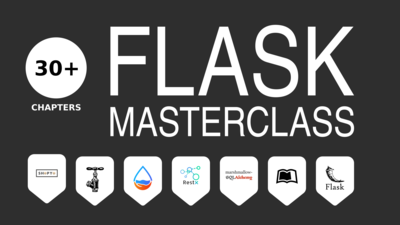12 association analysis
Machine Learning
♡ supervised learning 👉 ♡ unsupervised learning ♡ reinforcement learning
unsupervised learning is where your program has to find how the data relates to each other. there is no prior training
types of unsupervised learning
♠️ clustering ♠️ association
association analysis
finds associations between items, like what customers usually buy together in a store. if that is known, sales might be put on those items, or they could be placed together to ease the customers’ life or … why not rise the price on both?
🔎 itemset: those items occuring together
✳ confidence
confidence measure how certain a rule. if clients always buy milk with eggs, we say that the confidence is 100%
confidence(A, B) = P(B|A) i.e. P(B) given A
✳ support
the support of an itemset is the percentage of the dataset that contains the itemset
let us say out of 5 transactions at a store, butter and bread was bought together 3 times. it’s support is 3/5
● with support and confidence, we can assess our association rule’s success
✳ lift
lift is defined as
support(X u Y) / support(X) * support(Y)
if we are looking for milk, tea to sugar together in a dataset of 6 transactions,
support(X u Y) means how many times over 6 they appear together, let us say it is 2
support(X) means how many times milk, tea appear together in the dataset, let us say it is 4
support(Y) means how many times sugar appear in the dataset, let us say 3 times
our support is
2/6 / 4/6 * 3/6
= 1
a lift if one means one has no effect on the other
if the lift is greater than one it means that one is dependent on the other (it matters)
a lift of less than one means that one adversely impacts the other
✳ a priori algorithm
this tells us that if an item set is frequent, then it’s subset must also be frequent. you specify a certain support level to go from as if you check each and every transaction, it is very slow!
✳ multilevel association rules
instead of pinpointing items, they can be associated higher up. like finding people who bought milk brand A and flour brand B together might be hard but finding that people bought milk and flour together might be easier

